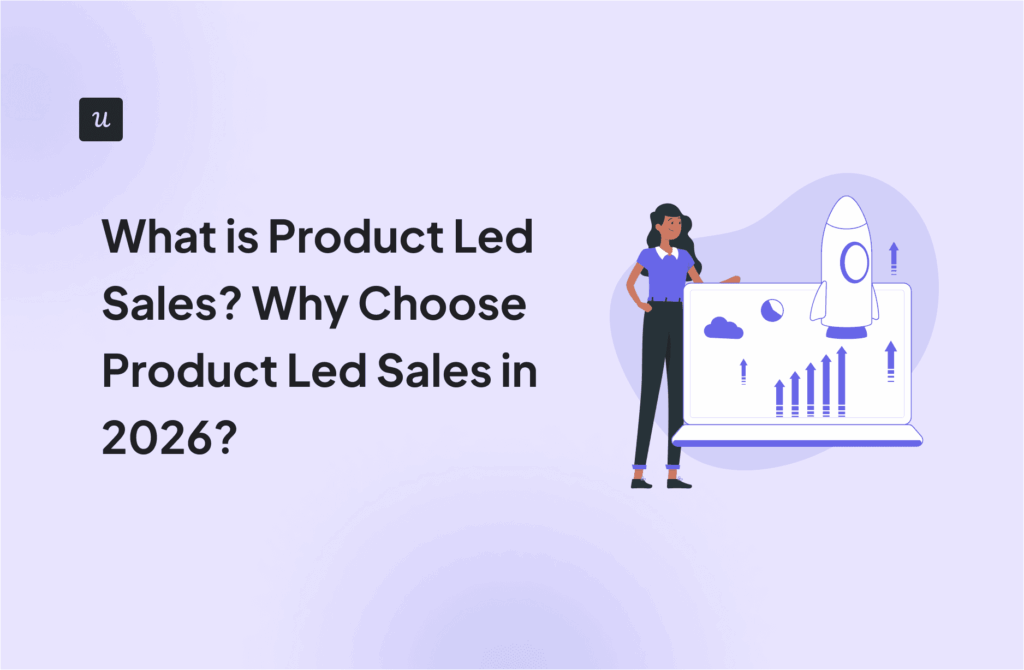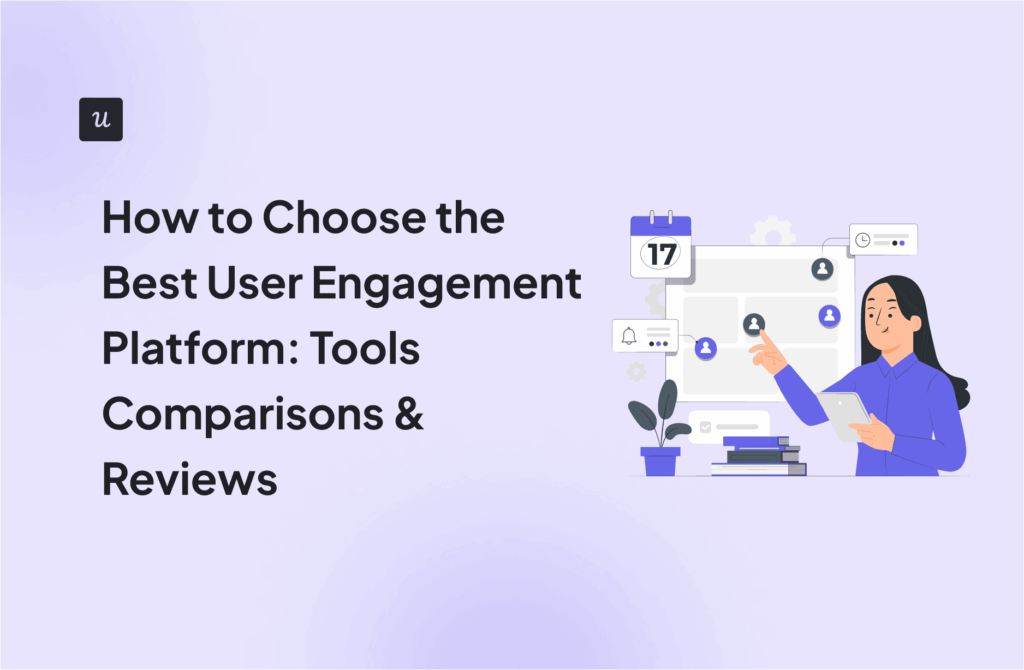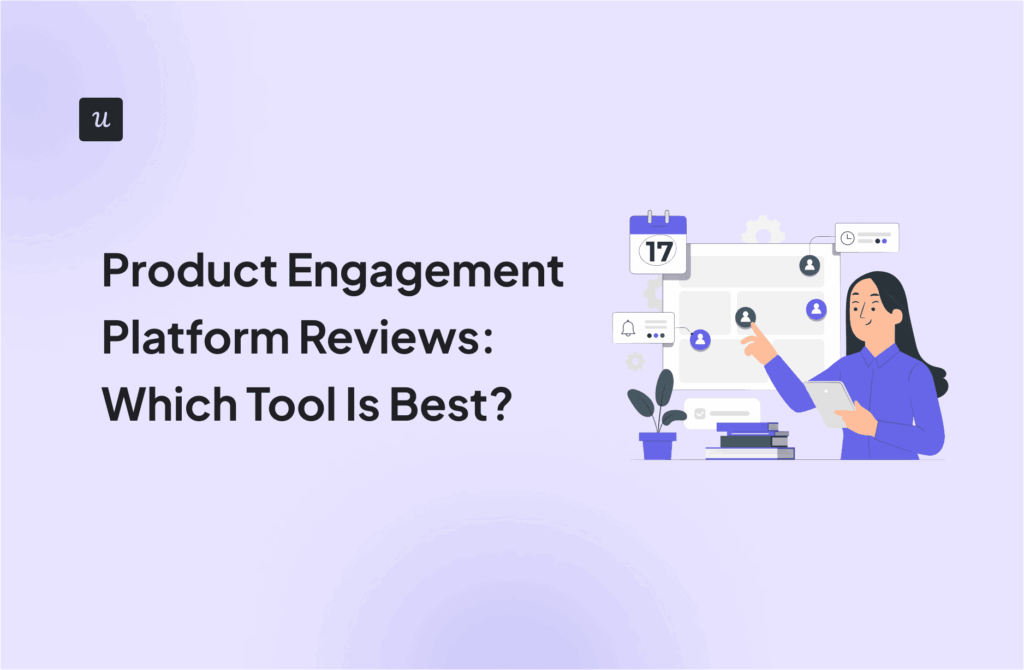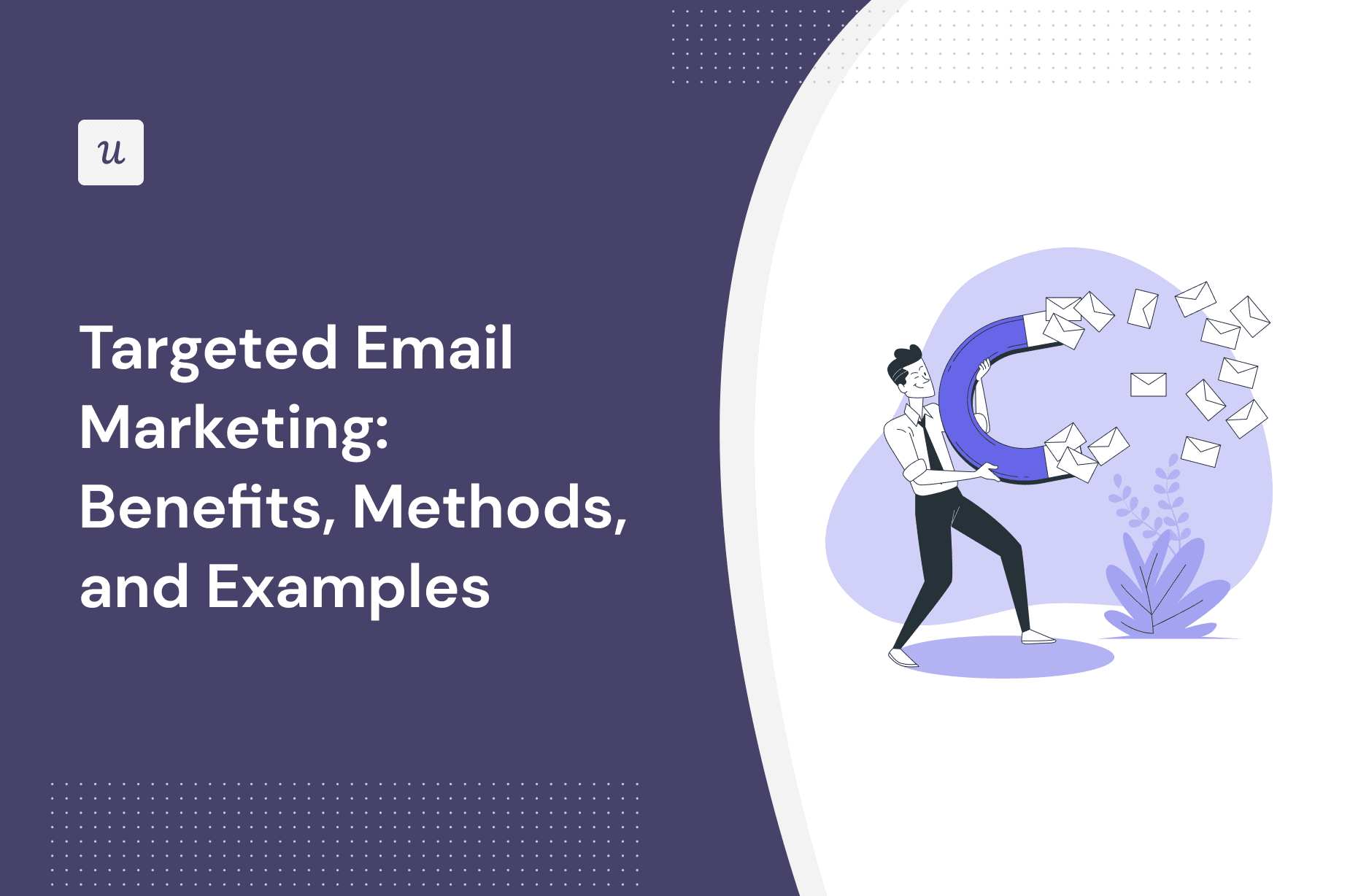
Targeted email marketing is the secret ingredient that every SaaS needs in order to make email an effective channel
But how can you implement it in a way that improves product engagement and drives business growth?
In this article, we’ll explore the benefits of targeted email marketing in SaaS, how to segment your audience for more impactful campaigns and go through practical steps to set up and optimize your targeted email marketing efforts.
Try Userpilot Now
See Why 1,000+ Teams Choose Userpilot

What is targeted email marketing?
Targeted email marketing is a strategic approach that involves sending personalized email messages to a specific segment of your audience based on their characteristics, preferences, and past behaviors.
Unlike generic email blasts that go out to an entire list, targeted emails are meticulously tailored to resonate with the recipient—therefore increasing the likelihood of engagement, conversion, and customer retention.
What are the benefits of targeted email marketing?
Targeted email marketing is not just about sending emails—it’s about creating meaningful connections with your audience.
Its benefits go beyond basic communication and can impact business growth in multiple ways:
- Boosts customer engagement: By delivering content that resonates with the recipient’s interests and needs, targeted email marketing fosters a higher level of customer engagement.
- Enhances customer retention: Personalized emails make customers feel valued, increasing loyalty and reducing churn rates.
- Improves conversion rates: Tailored messages have a higher chance of convincing recipients to take action, whether it’s signing up for a trial or making a purchase.
- Increases ROI: With higher engagement and conversion rates, targeted email campaigns often yield a better return on investment compared to non-targeted ones.
- Facilitates better data analysis: Tracking the performance of targeted emails can provide insights into customer behavior and preferences, informing future marketing strategies.
Types of target audience segmentation
Segmenting your audience is foundational to targeted email marketing, allowing for highly personalized and effective campaigns.
Here are the main types of segmentation you can leverage:
Demographic segmentation
Demographic segmentation organizes your audience based on quantifiable personal characteristics. These can include age, gender, income level, education, occupation, and marital status. This form of segmentation is straightforward to implement, as it relies on objective data that are often readily available or easy to obtain through user profiles and sign-up forms.
For instance, let’s say your product is designed for educational institutions. By segmenting your audience based on their role (e.g., teachers, administrators), level of education, and institution type (e.g., high school, university), you can create emails about classroom management tools or institutional analytics features.

Psychographic segmentation
Psychographic segmentation is about understanding the subjective qualities of your audience: their values, beliefs, interests, lifestyles, and motivations.
This type of segmentation can reveal deeper insights into why customers behave a certain way or prefer certain products. However, gathering psychographic data often requires more creative methods, such as surveys, feedback forms, and social listening.

For example, one way to do it is by triggering welcome surveys to new users and asking them about their JTBDs and goals—so you can then send email sequences based on their topics of interest.
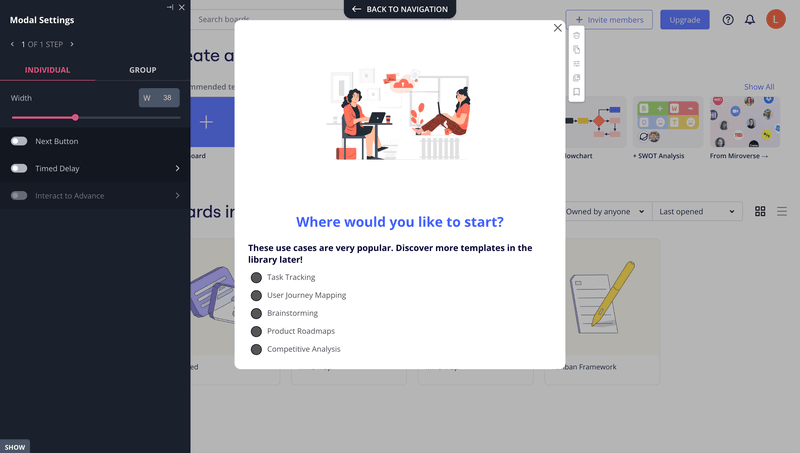
This way, if your user’s main interest is to watch over product analytics, you can send email content about the analytics tools of your product.
Geographic segmentation
Geographic segmentation divides the market based on physical location, which can range from broad categories like countries and cities to more specific ones like neighborhoods or postal codes. This segmentation is particularly useful for companies that operate in multiple geographical markets or SaaS companies localizing their product in countries with cultural, legal, and language differences.
For example, a fintech company that succeeded in the West will need to segment customers by geographic location as it starts expanding to Asian or Hindi audiences (and tweak its email marketing strategy based on them).

Behavioral segmentation
Behavioral segmentation focuses on how customers interact with your product or service. This includes actions like purchase history, product usage frequency, content engagement, and even loyalty metrics. Behavioral data provides concrete insights into customer preferences and readiness to buy, making it invaluable for targeted campaigns.
For instance, an e-commerce platform for small businesses can track users’ interactions with features such as inventory management or sales analytics. This way, you can send targeted emails with advanced tips, feature updates, or upsell opportunities that directly align with each user’s business activities and interests.

How to build a targeted email marketing campaign?
Creating a successful targeted email marketing campaign in SaaS requires careful planning, execution, and optimization. Let’s go over a step-by-step guide to setting up your campaign:
Define goals for your targeted email campaigns
Start by clearly defining what you want to achieve with your email marketing efforts.
Whether it’s improving customer retention, increasing sales, or boosting user engagement, make sure to use the SMART goals framework (Specific, Measurable, Achievable, Relevant, Time-bound) to outline what you aim to achieve.
An example of a SMART goal could be: “Increase customer lifetime value (LTV) by 30% in Q3 by launching targeted upsell and cross-sell email campaigns to users who have been active for more than six months.”
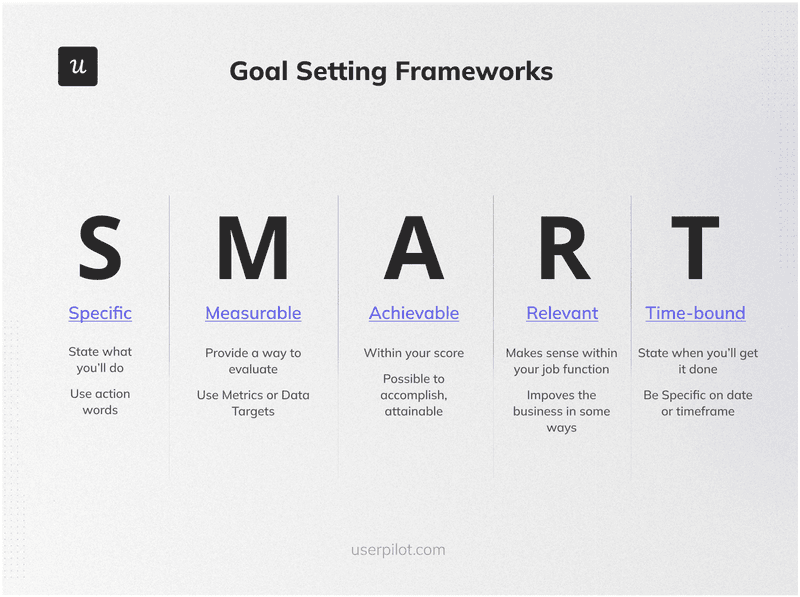
Collect data for email segmentation
The effectiveness of your campaign depends on the quality of your data.
That said, your next step is to identify the type of segmentation that aligns with your goals and then gather the necessary data through user sign-ups, in-app behavior tracking, and direct feedback.
For this, you can use Userpilot to capture detailed in-app behavior, such as feature usage patterns and engagement levels. This data can then be imported into your email marketing platform to segment users and trigger personalized email sequences.
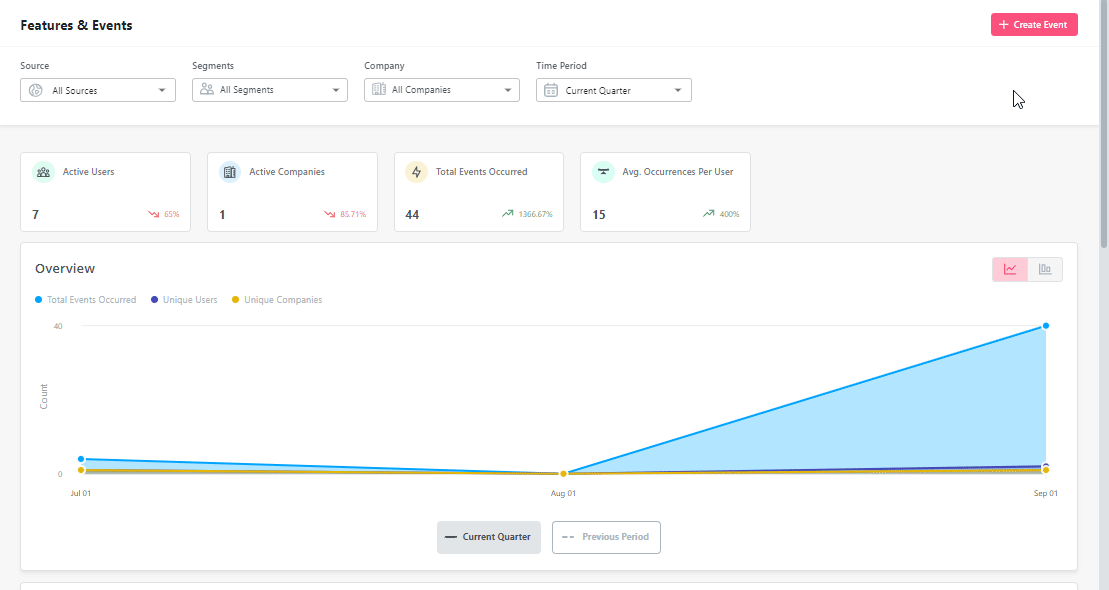
This can allow you to, for example, send new feature updates to users who are actively using said feature.
Choose an email marketing platform for automation
There’s very little you can do to execute targeted email marketing strategies without a proper platform.
That said, select an email marketing tool that supports advanced segmentation, automation, A/B testing, and personalized email flows. Make sure that your choice integrates seamlessly with your existing tech stack and meets your specific needs.
For example, HubSpot is a great option if you need its comprehensive email flow builder and CRM capabilities, facilitating targeted campaigns based on user interactions and data.
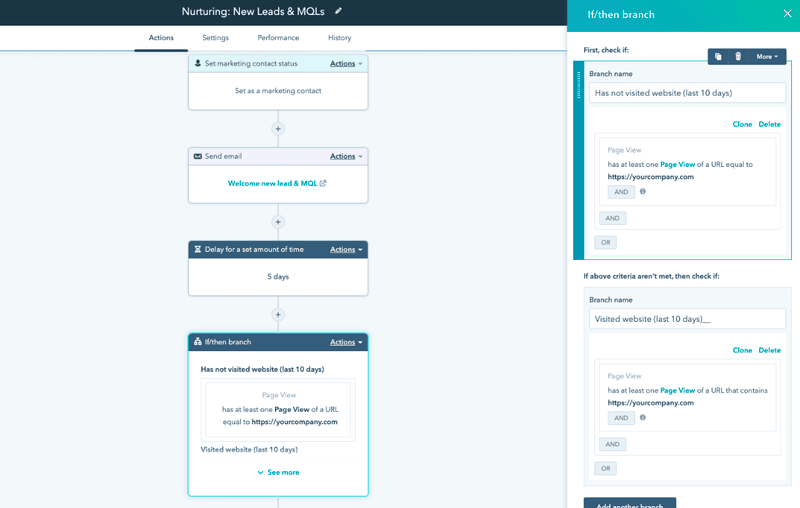
Integrate data with the email marketing tool
Seamless integration between your email marketing tool and other systems (e.g., CRM, website analytics, SaaS product) ensures that you have access to up-to-date user data for creating personalized emails.
For this, check if your chosen platform can integrate with your SaaS product and other tools in your tech stack. If not, you can use middleware like Zapier to connect platforms that don’t integrate natively.
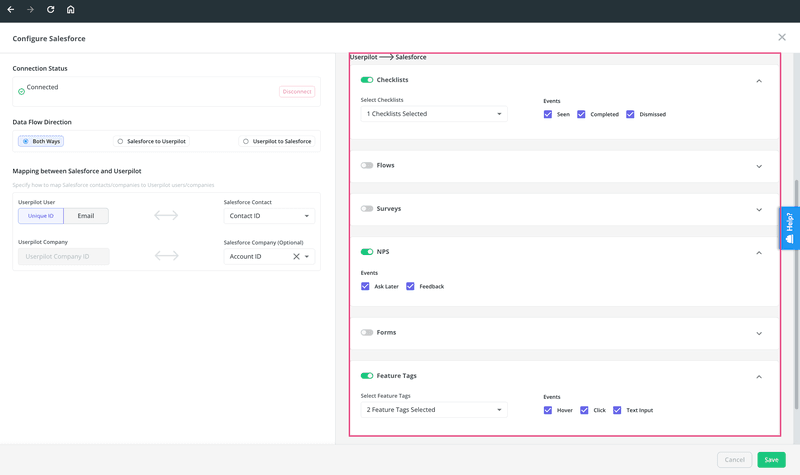
For example, if you’re a Userpilot customer, it’s very convenient to use Hubspot or Salesforce so you can import product data and send personalized email content based on product usage data and survey responses.

Create personalized marketing messages
With your goals set, data collected, and tools integrated, you can now craft personalized email messages.
The process for this might vary from platform to platform, but the basics are always the same: you need data to segment your audience, and then set up an email flow to trigger whenever a specific condition is met.
Make sure to speak directly to the recipient’s needs, preferences, and stage in the customer journey. For example, you can trigger email sequences that offer customized product tips based on the features each segment uses most frequently—driving deeper engagement and product adoption.
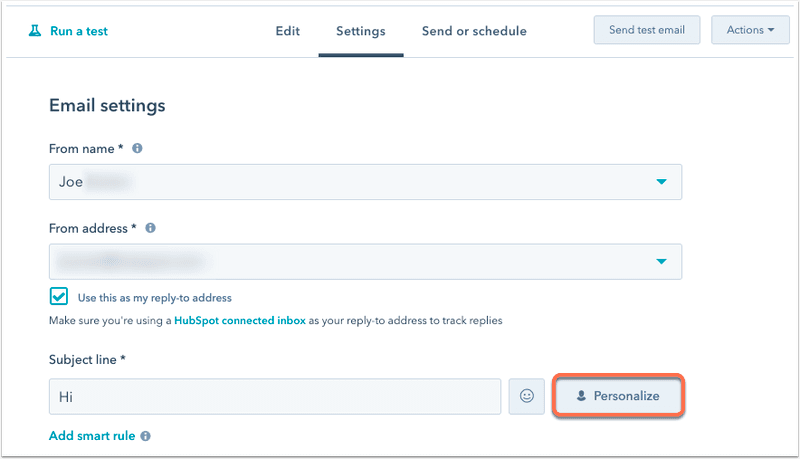
A/B test your targeted email campaign
Once you start sending targeted emails, you must keep iterating your messaging to optimize your results.
For this, continuously test and refine your campaigns with A/B testing (any good email platform must be capable of this). You can test subject lines, first lines, CTA placements, images, and more—just make sure that your test results are statistically significant before concluding what resonates better with your audience.
For instance, you can test two versions of a call-to-action (CTA) in an email promoting a new feature, where one version emphasizes the benefit (“Boost your productivity now”) while the other focuses on the action (“Try the new feature today”).
The results will help you determine which version drives more clicks and use the insights to refine future messages.
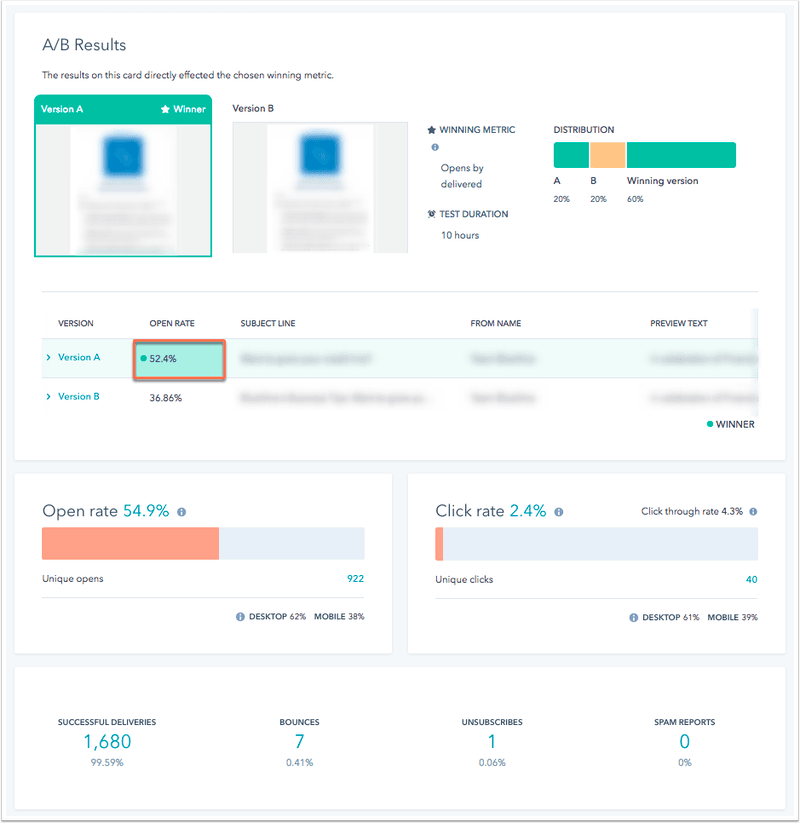
Measure email marketing success and iterate the results
As you keep implementing and optimizing your targeted email marketing strategy, you need to start measuring your success and check if you’re getting closer to meeting your goals,
For this, use analytics to measure the success of your campaigns against your initial goals. Establish a set of key performance indicators (KPIs) relevant to your goals, and use these metrics to track the success of your campaigns.
Then, look at both campaign-specific metrics (e.g., open rates, click-through rates) and broader business impacts (e.g., conversion rates, customer lifetime value) to find areas for improvement. For instance, if your goal was to increase feature adoption, measure not only the direct response to your emails (clicks, feature trials) but also long-term engagement with the feature.
Use this data to iterate on your segmentation and messaging strategy, refining your approach based on what’s working and what flops.
Examples of targeted email marketing campaigns
Now, let’s go over some real-world examples showcasing the potential of targeted email marketing, including:
Loom’s free trial reminder
Loom strategically sends reminders to free trial users shortly before their trial period ends.
This simple reminder encourages users who found value in the premium features to upgrade, maximizing conversions at a critical decision point.
Key lesson: Timing and personalization play key roles here. By targeting users at a moment where they’re weighing the value of the service, Loom increases their chances of conversion.
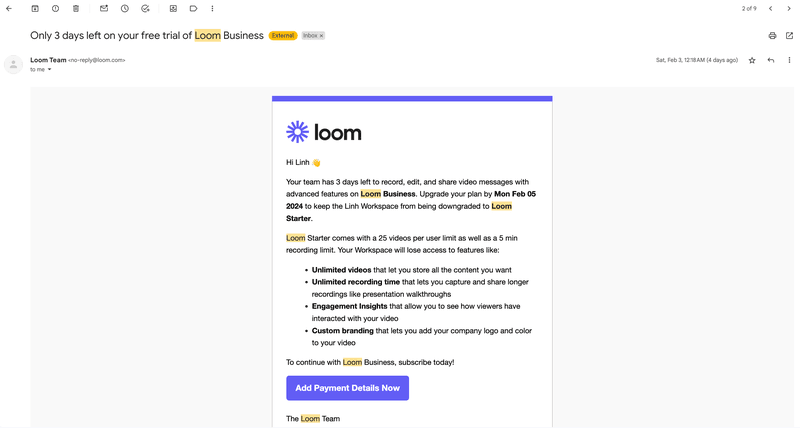
Baremetrics’s personalized emails based on product activity
Baremetrics leverages behavioral segmentation by sending account deletion notifications to inactive users. They also offer an opportunity to revisit the trial, targeting users who might have come dormant due to timing or distraction.
Key lesson: This approach uses behavioral data to re-engage users who’ve shown interest in the past, as well as filter users who are highly valuable from those who are not a fit.
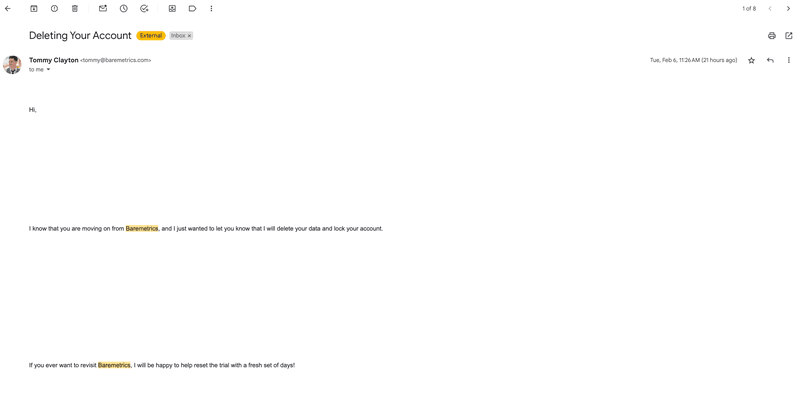
Adobe’s geographic targeted email marketing
Adobe sends geographically targeted emails to users in Asia during the Lunar New Year, inviting them to create themed images with their software.
This way, their content strengthens user engagement by resonating with local traditions and holidays.
Key lesson: Geographic segmentation allows you to customize your messaging for different regions, enhancing relevance and user connection with your brand (in this case, with Adobe).
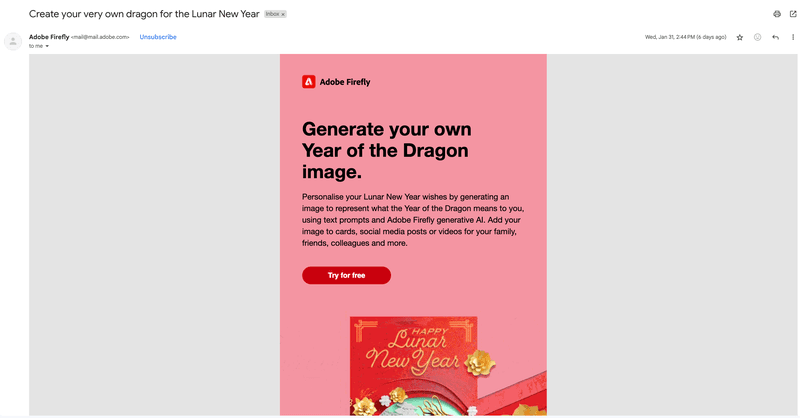
Grammarly’s account expansion push email
Grammarly employs behavioral segmentation to follow up with users who didn’t engage with an initial email promoting a flash sale.
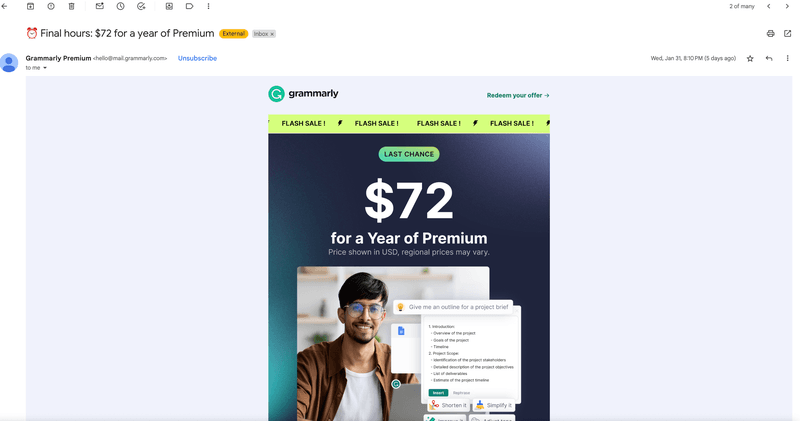
This second push email is specifically designed for those who overlooked the first message—incentivizing them to take the offer.
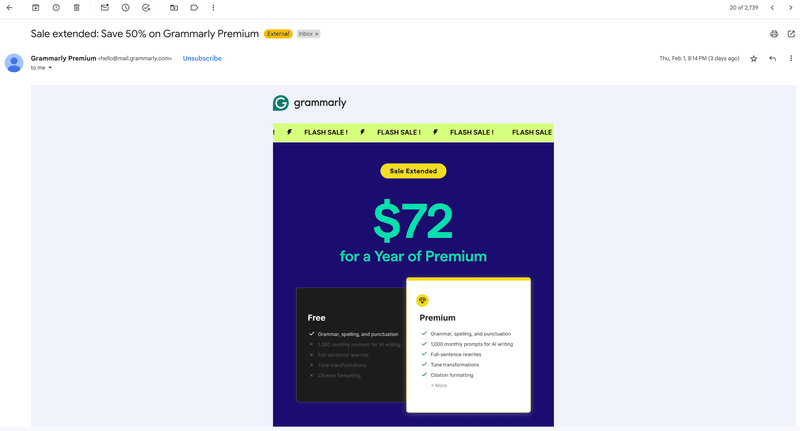
Key lesson: Following up based on user behavior (email engagement) can help you squeeze more sales out of your campaigns and capture the attention of potential customers.
Etsy’s product recommendation email based on customer interest
Etsy uses psychographic segmentation to send product recommendations that align with users’ interests. So if you’re into jewelry, they’ll show you more products that fit into that category.
This approach makes the email content more relevant and engaging—increasing the likelihood of clicks and purchases.
Key lesson: By understanding and segmenting users based on their interests, you can create highly customized email content that feels tailor-made for each recipient—driving more engagement and sales.
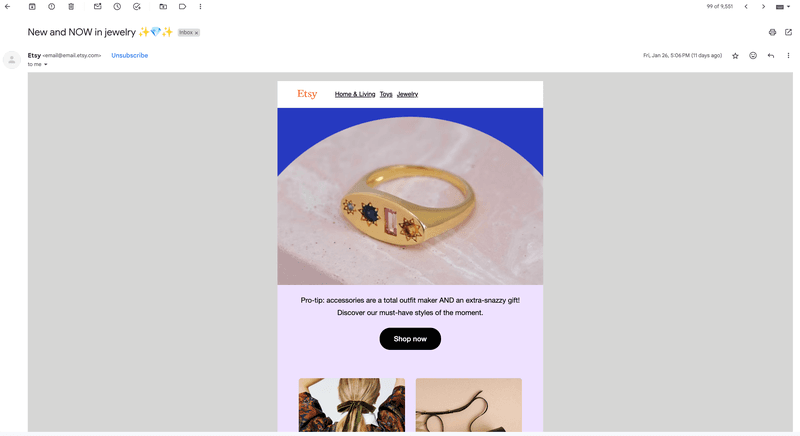
Conclusion
Targeted email marketing, when done well, can carry any SaaS business to enhance user engagement, drive growth, and retain customers.
By understanding your audience deeply and crafting personalized messages that resonate with their specific needs and behaviors, you can significantly improve the effectiveness of your email marketing efforts.
So if you need to elevate your SaaS email marketing strategy with more quality data, why not book a Userpilot demo to see how you can gather useful data for your email campaigns?



